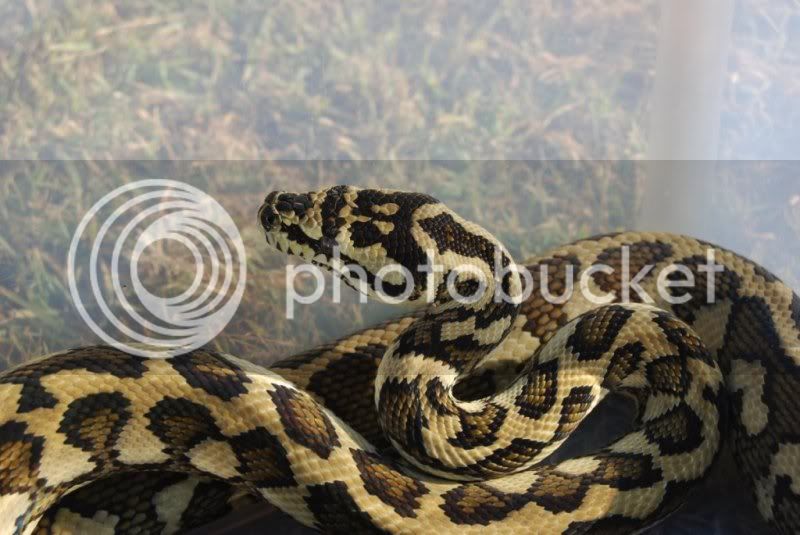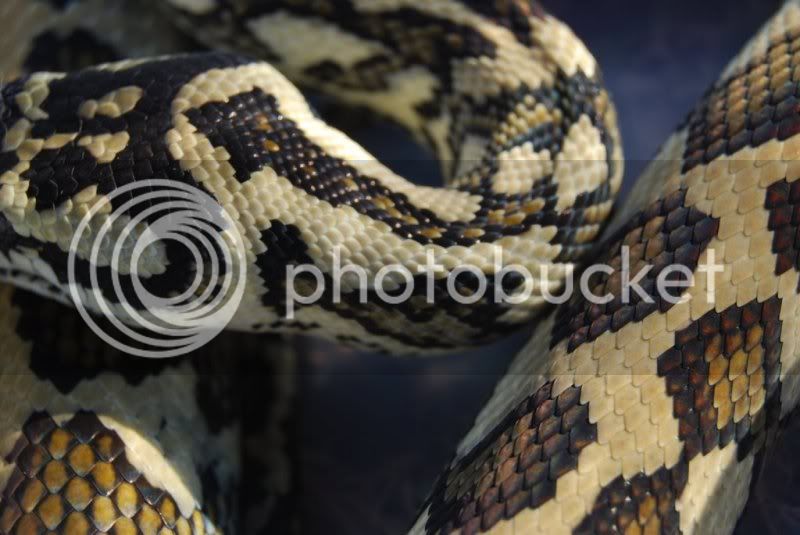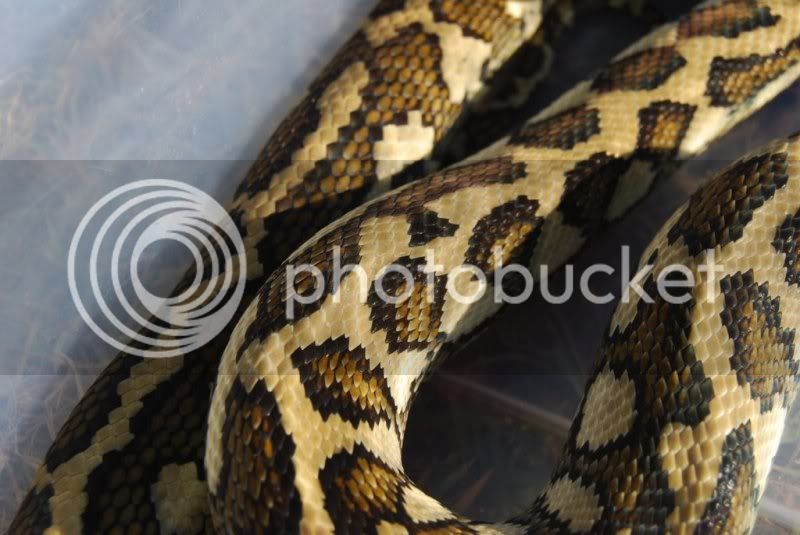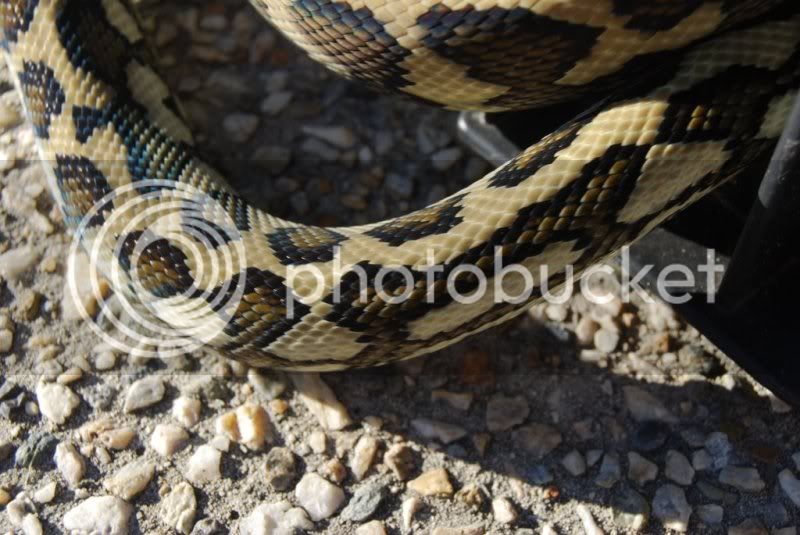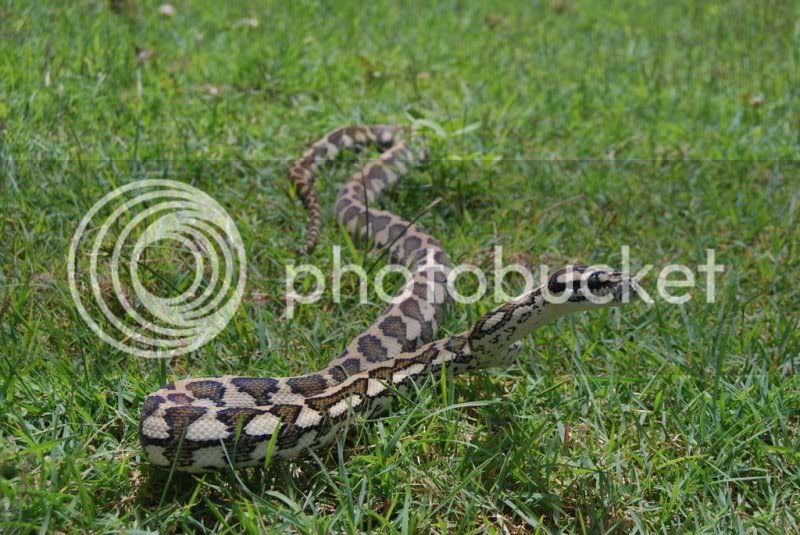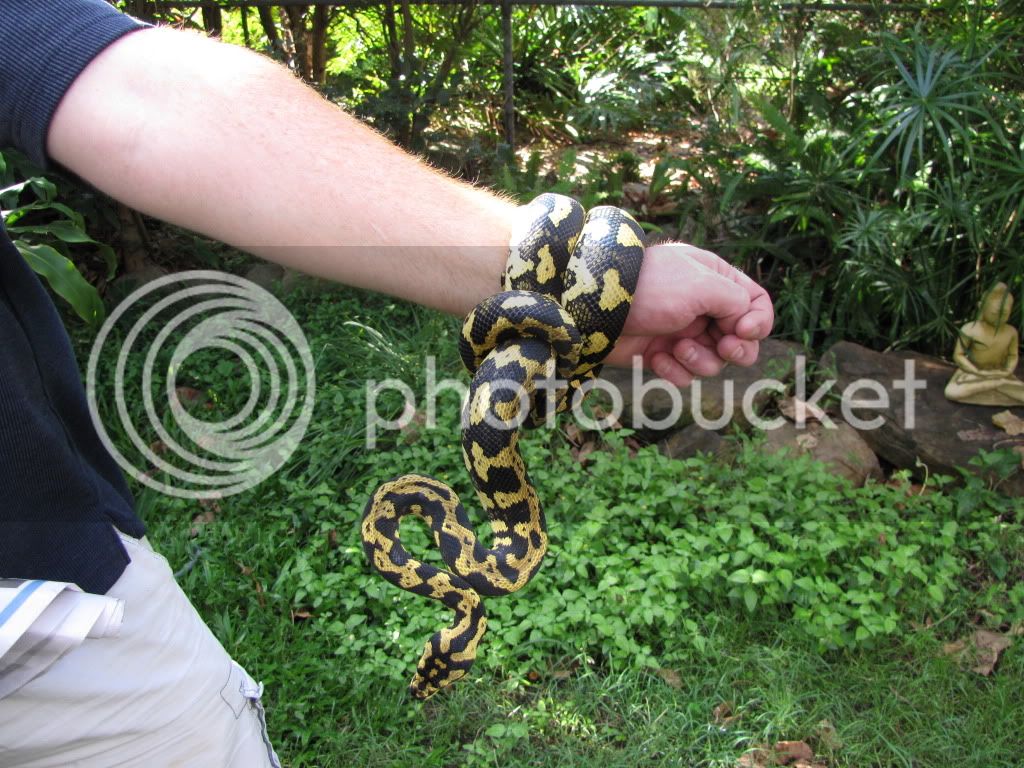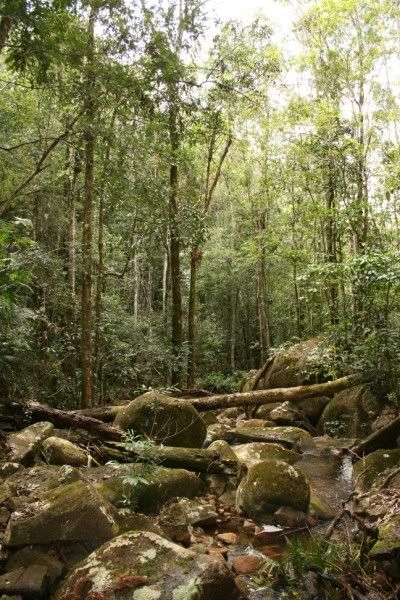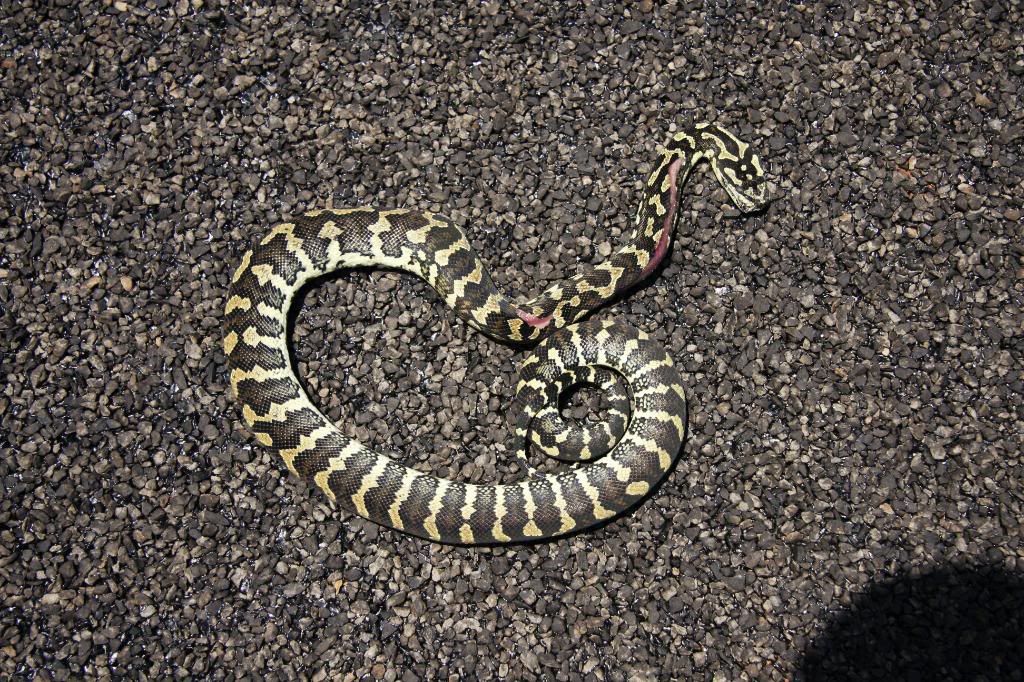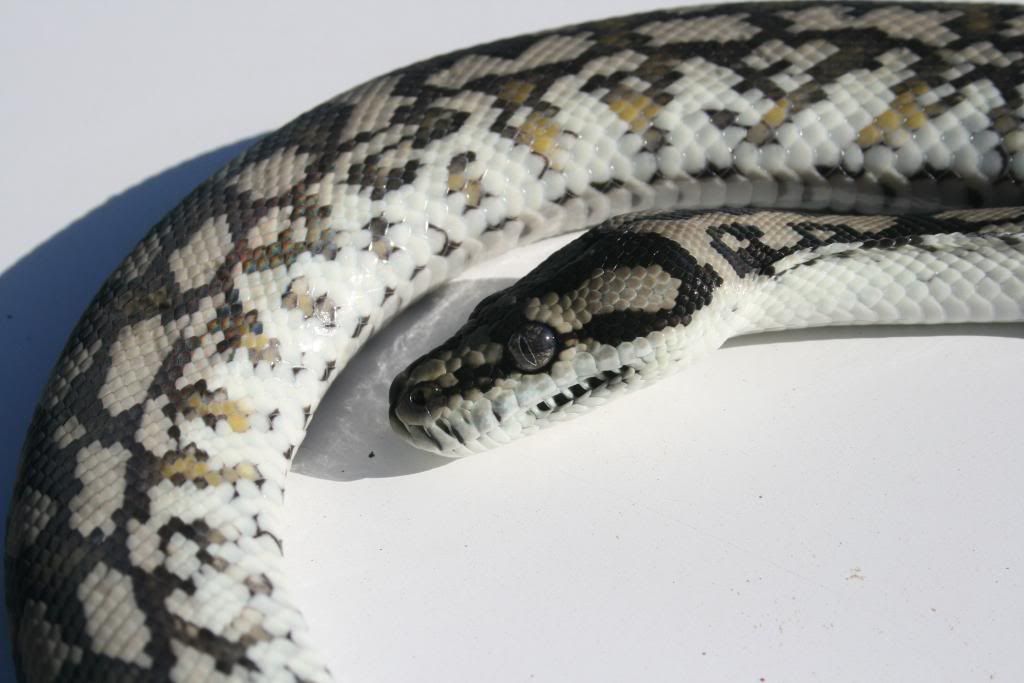You asked for it Ash

Regardless of what the Morelia complex becomes after taxonomists are finished toying with the genus, I believe that an animal should be able to be visually I.D'd in most cases. Obviously you will find the odd animal that is unusual to an area.
I have encounted wild animals from Northern NSW, through the Southern Brigalow, through N.T to Cape York. Out of literally hundreds of Carpets, there have not been too many that do not fall into one of the current sub species.
One area that does cause some confusion lies in animals from the Tablelands region. I always hear people stating that you do NOT get ‘True Jungles’ from Atherton. I believe that you actually get three differing forms of Morelia at Atherton. I am talking about Atherton area itself, not the Atherton Tablelands.
One form (#1), resembles your typical N.Q dry country Carpet that you find around Innot Hot Springs, Koah, Mareeba, Mt Carbine, Lakeland and Laura and Coen. This form in colouration, size and temperament typically resembles the Carpets that you can find throughout S.E Queensland with an average size of 8 feet. These animals show a lot of variation and can consist of grey, cream, tan, brown and dull orange colouration. Patterning can be either semi broken stripes, blotches and bands. These forms are present in the dryer areas of Atherton though are not overly common within 10 kms of the Atherton CBD.
An example of this form,
The second form (#2) resembles your typical smaller Palmerston type Jungle that is found throughout Deeral, Garradunga, East Palmerston, Mila Mila, Nerada Tea Plantation and South Johnson. This form reaches approx 4.5 - 5 feet in length and is of Black and Yellow colouration with heavy melanin forming throughout the yellow after approx 2.5 feet in length. I have only found 3 areas within 10 kms of the Atherton Township where this form is present. They are found in Rainforest near permanent streams and springs. This is a friends property where I have only encounted the Small Black and Yellow (Palmerston type) Carpets that I will always call 'True Atherton Jungles'
Atherton Rainforest Carpets habitat
Typical example of an animal from these areas
The third form (#3) is one that I find most unusual. Although not usually as striking in terms of their Yellow colourations, this form can reach a max of 10 feet in length and show the strong skull and crossbones head patterns that are typical of the smaller Palmerston type animals. These animals can be found in areas between the two other area forms of Atherton Carpets. Mature specimens are most common between 7-9 feet and usually consist of light Yellow, Tan and Black colouration. Patterning usually (not always) consists of stripes and blotches.
Form#3
This info is from an area less than 20 kms square around the Township of Atherton. Animals that live within the 3 main habitats encountered around Atherton will fall into one of these groups depending on what habitat they are from e.g.,
Rainforest, Dry Sclerophyll / Eucalypt Forrest and Melaleuca swamp areas bordering Sclerophyll and Eucalypt.
I have found animals from the Lakefield N.P drainage that resemble unusual looking North Western Carpets. (This photo was taken by Rex)
I have also found animals from St Ronan’s station (40 Mile Scrub) and a station NW of Cooktown that resemble Cape Tribulation animals
Depending on how picky one wanted to be, you could pull apart every 'individual' colour form of Carpet from Tully to Ravenshoe to Bloomfield River and end up with 20 different area type locales.
This is my opinion only from spending every weekend possible in the areas mentioned. I believe that Far North Queensland Carpets are the most complex genus of any Morelia in Australia in terms of differing 'Area type locales'.
Even if DNA proves that all of QLD's Carpet's are the same, I will still call a Jungle a Jungle a SE QLD Coastal a SE QLD Coastal. For the few 'forms' of Carpet that I believe do not fall into a already existing sub species of Carpet (e.g. Some animals from Cape York) I will continue to call them area form locales such a ‘Cape York Carpet from Coen’, or a ‘Dry Country Atherton Carpet’.
Experts flame away

Cheers,
Nick





